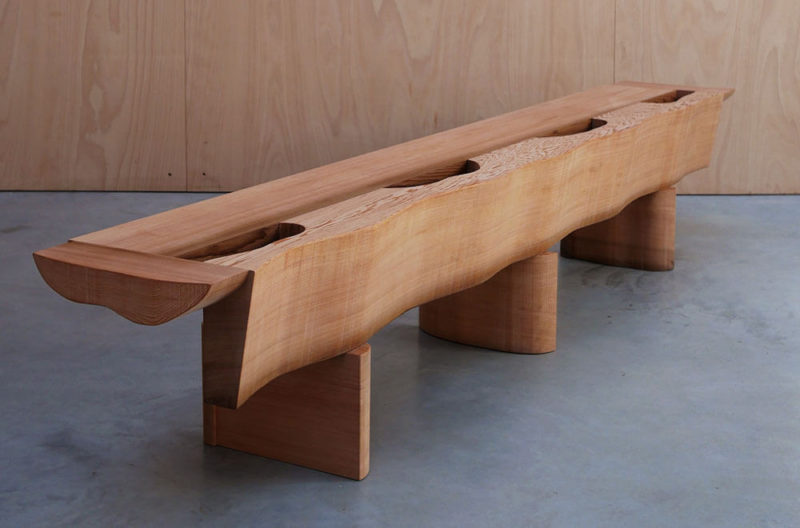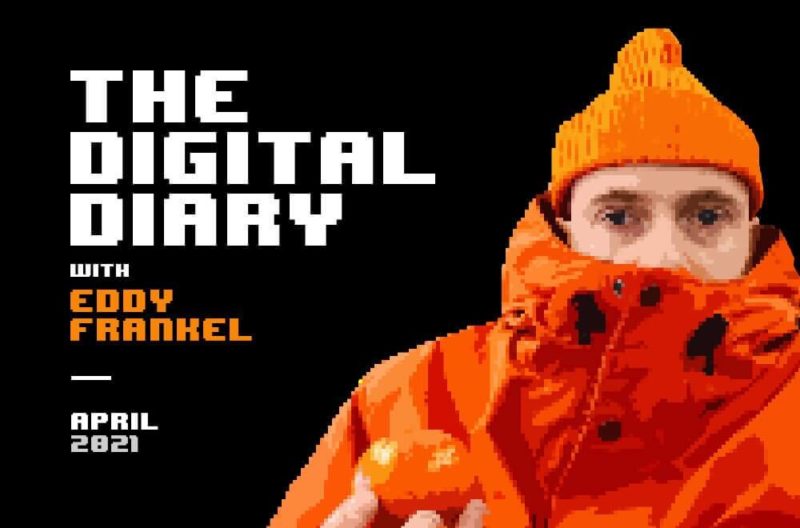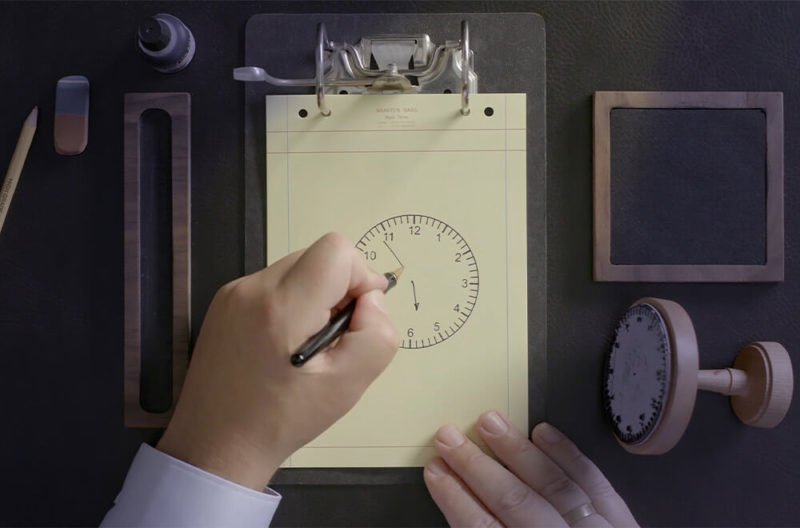OrtaMiklos: Memory Foam
Friedman Benda and Superhouse team up to showcase OrtaMiklos’s latest chair collection in an interactive virtual game experience.
Friedman Benda
Online: www.superhouse.us
August 16th – September 26th 2021
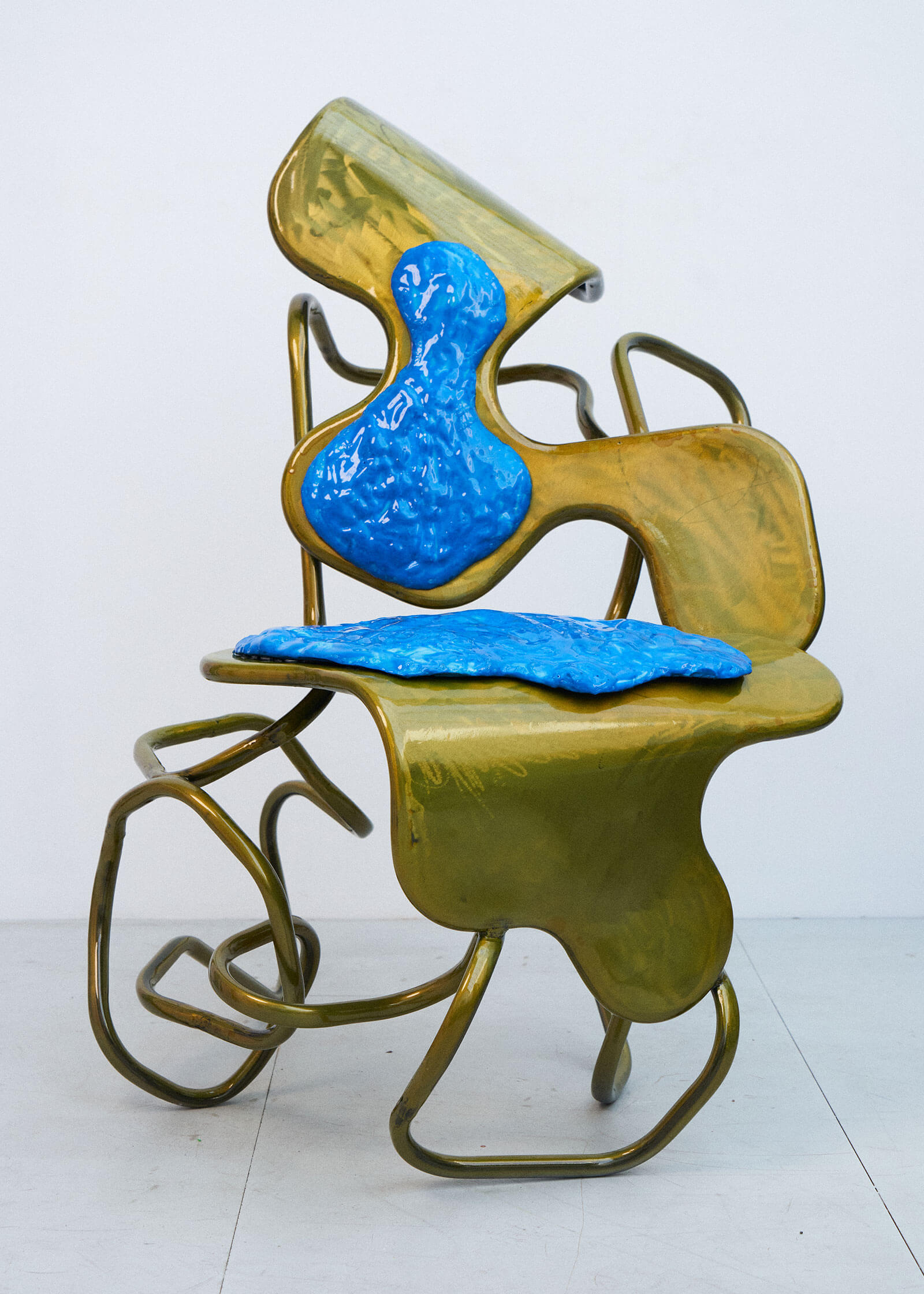
OrtaMiklos, ‘Benny’, 2021
COURTESY: Friedman Benda and OrtaMiklos / PHOTOGRAPH: Mounir Hammoumi
ORTAMIKLOS LEAD A new generation of talents who approach design with irreverence for standard aesthetics and prescribed function. The duo – Leo Orta and Victor Miklos Andersen – sculpt amorphous objects out of electronic waste and construction materials, as self-described ‘guerilla performances’.
Ultimately, many of their experiments are translated into furnishing typologies such as tables, benches, lamps and coat racks. Their latest venture, ‘Memory Foam’ consists of a collection of 14 iterative chairs, which takes shape in the animated realm of a post-apocalyptic scenario video game. It is presented in a new digital exhibition mounted by New York-based platform Superhouse, in partnership with Friedman Benda, that enlivens the now overworked virtual showroom format.
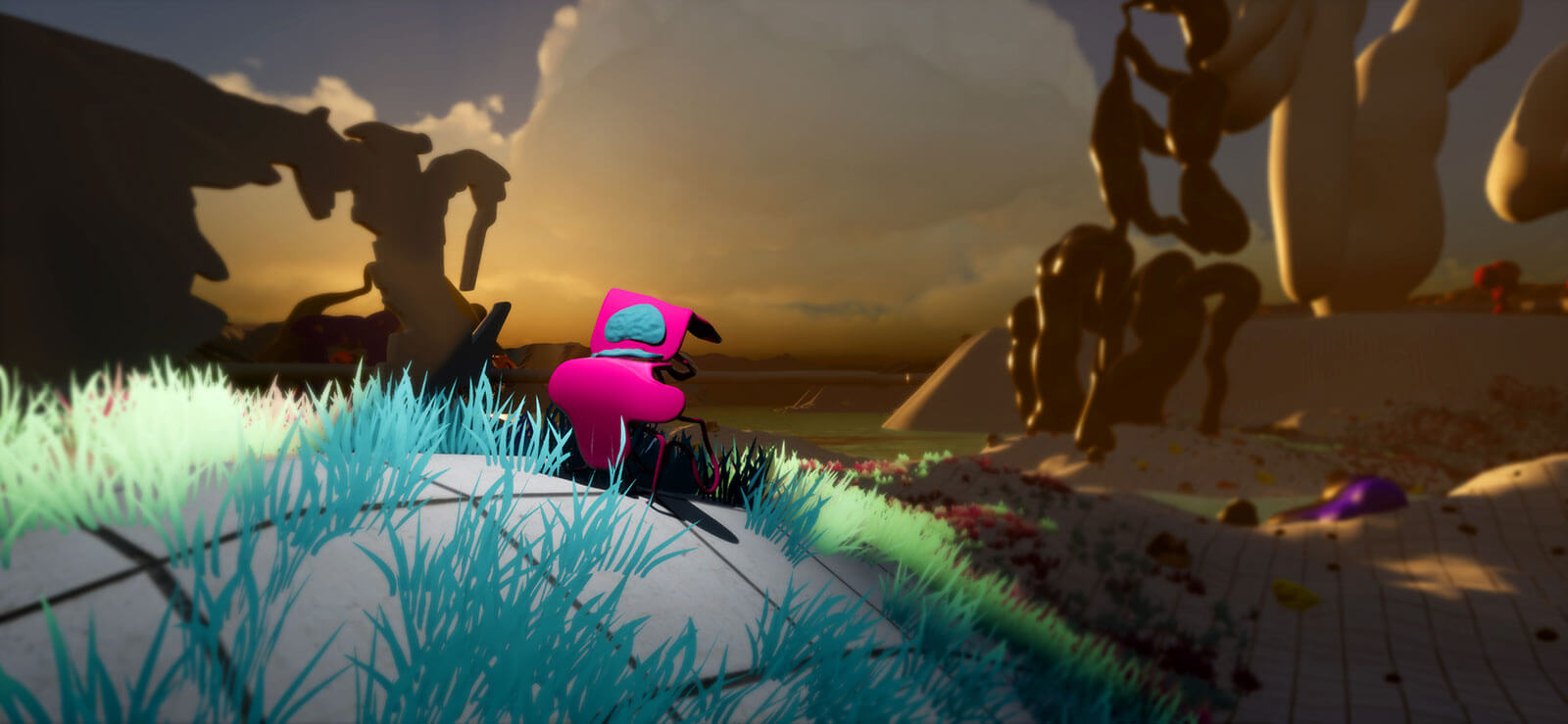
OrtaMiklos, ‘Memory Foam’ video game still
COURTESY: Superhouse, Friedman Benda and OrtaMiklos / DIGITAL ARTWORK: Guillaume Roux
“The video game presented as part of Memory Foam is the first of its kind,” says Superhouse founder Stephen Markos, “and is an extension of OrtaMiklos’s broader practice which incorporates visual art and performance.” He continues, “While visual artists have experimented with the medium in the past, no art video game has ever centred around furniture design.” Jennifer Olshin, partner at Friedman Benda expands, “By attributing enhanced traits and personalities to these hand-built chairs, the game offers an innovative way for users to unlock new dimensionality and adventure not possible in reality.”
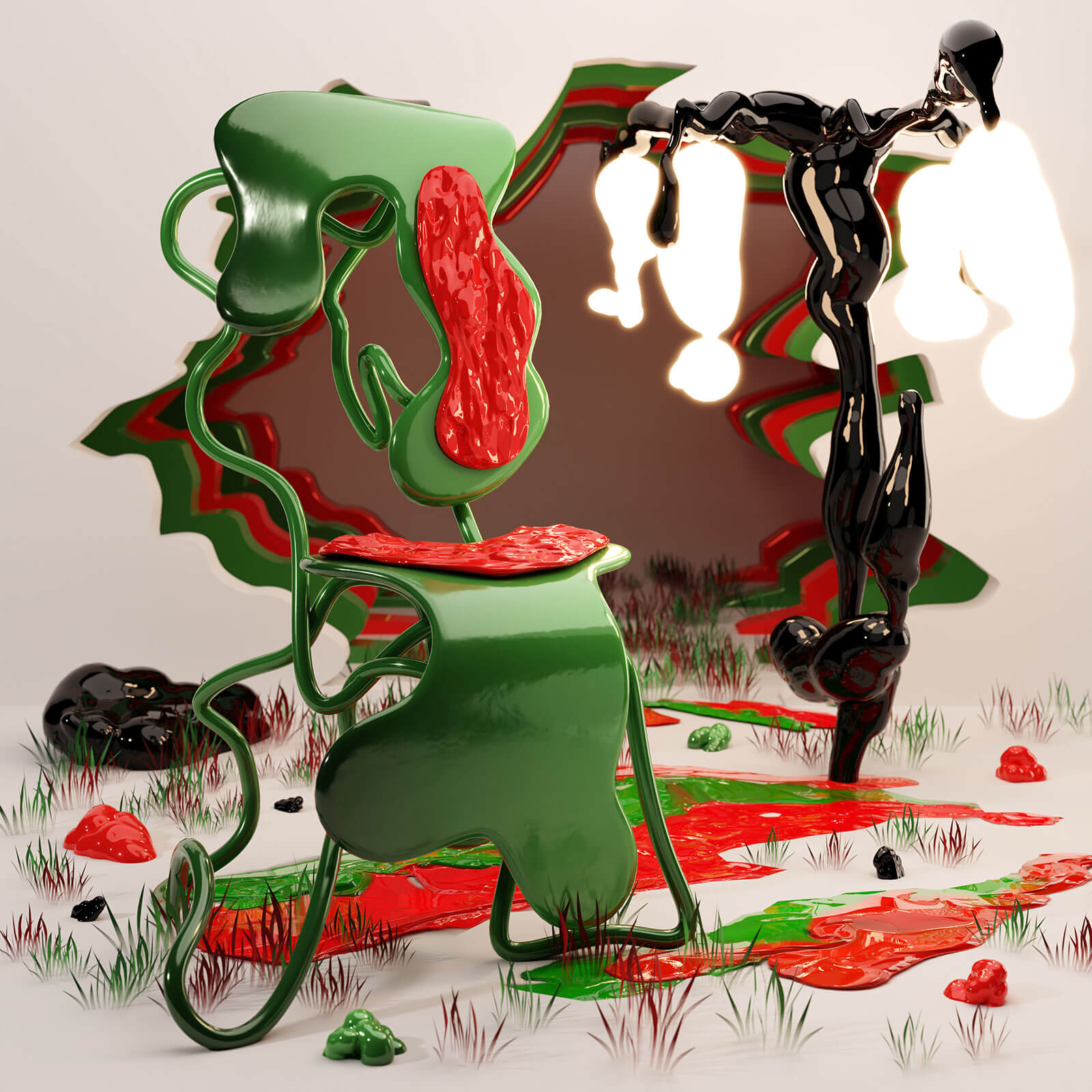
OrtaMiklos, ‘Memory Foam’ digital chair render
COURTESY: Superhouse, Friedman Benda and OrtaMiklos / DIGITAL ARTWORK: Guillaume Roux
OrtaMiklos trained at the Design Academy Eindhoven and their approach to design reflects the pedagogy of their alma mater: freely expressive, self-taught and seemingly untrained. It stems from the idea that successful work is created by developing one’s own intrinsic skill and understanding of different materials and tools.
“We have defined our way of working as ‘ignorant design’, forcing our work to be unaware of ongoing trends, colour themes, or material values.” Orta says. “We always [feel] that being free from these frames and borders [is] a good way to explore and have fun in our making.”
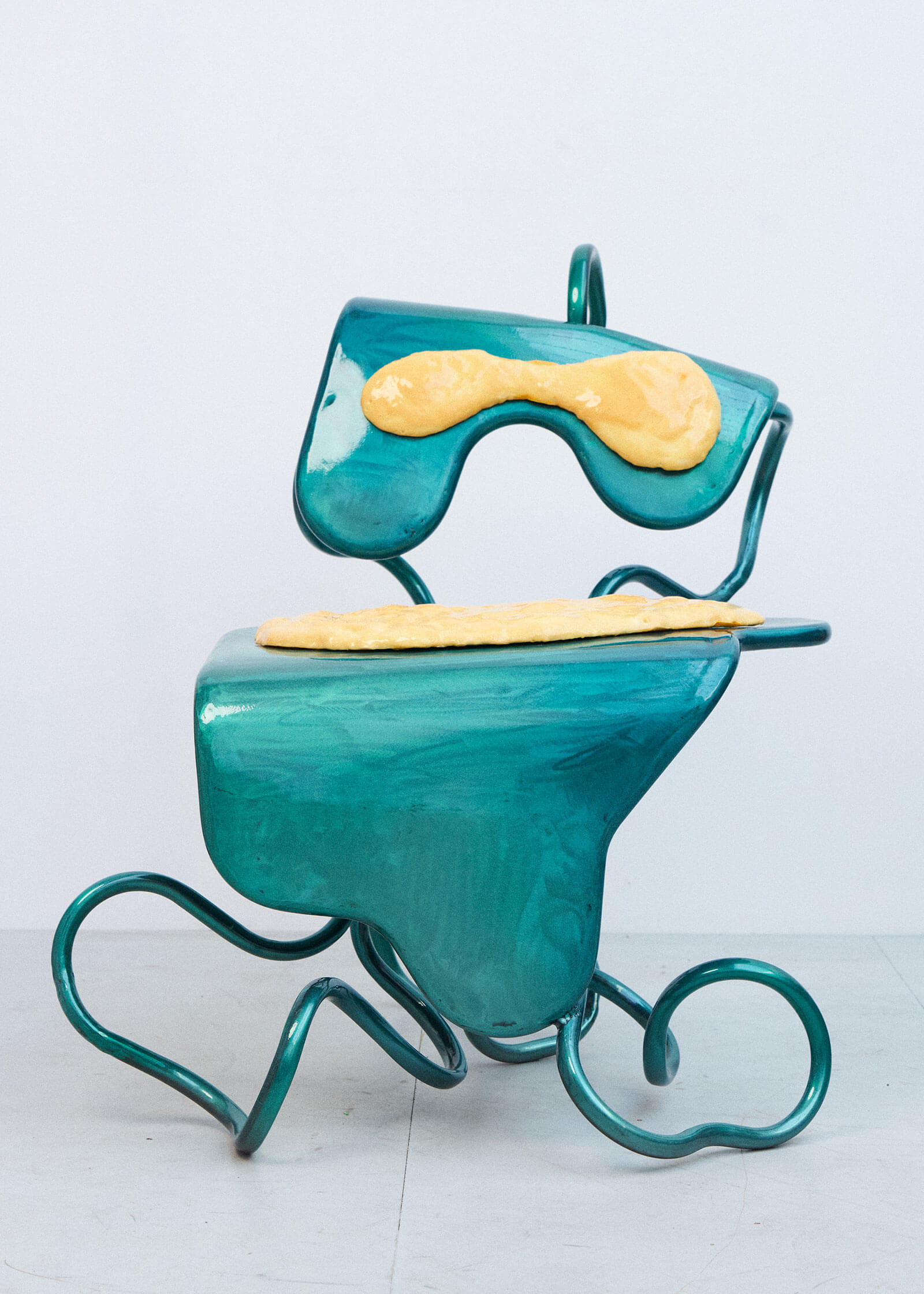
OrtaMiklos, ‘Niels’, 2021
COURTESY: Friedman Benda and OrtaMiklos / PHOTOGRAPH: Mounir Hammoumi
The ‘Memory Foam’ video game, developed during the long months of the pandemic, contains a cast of characters representing real-life individuals who have been strong influences on OrtaMiklos’s practice and processes. These personified objects – conceived by digital artist Guillaume Roux and scored by musician Antonio Davanzo – enter the dystopian landscape, after waking from a coma-like state. The protagonists interact and follow an explorative scenario developed by writer Kristian Anoldi. Elements of this mise-en-scene were inspired by Andersen’s native Denmark, where he found himself for much of the quarantine.
The rendered objects, cast in seemingly hand-formed yet artificial planes of melted material, are distinguishable by colour: oranges, yellows, and blues. Their tendricular limbs twist in turn in endless directions but eventually form their base. Each is presented within its own distilled environment as if they were coveted collector cards of characters within an elaborate multichannel layering experience.
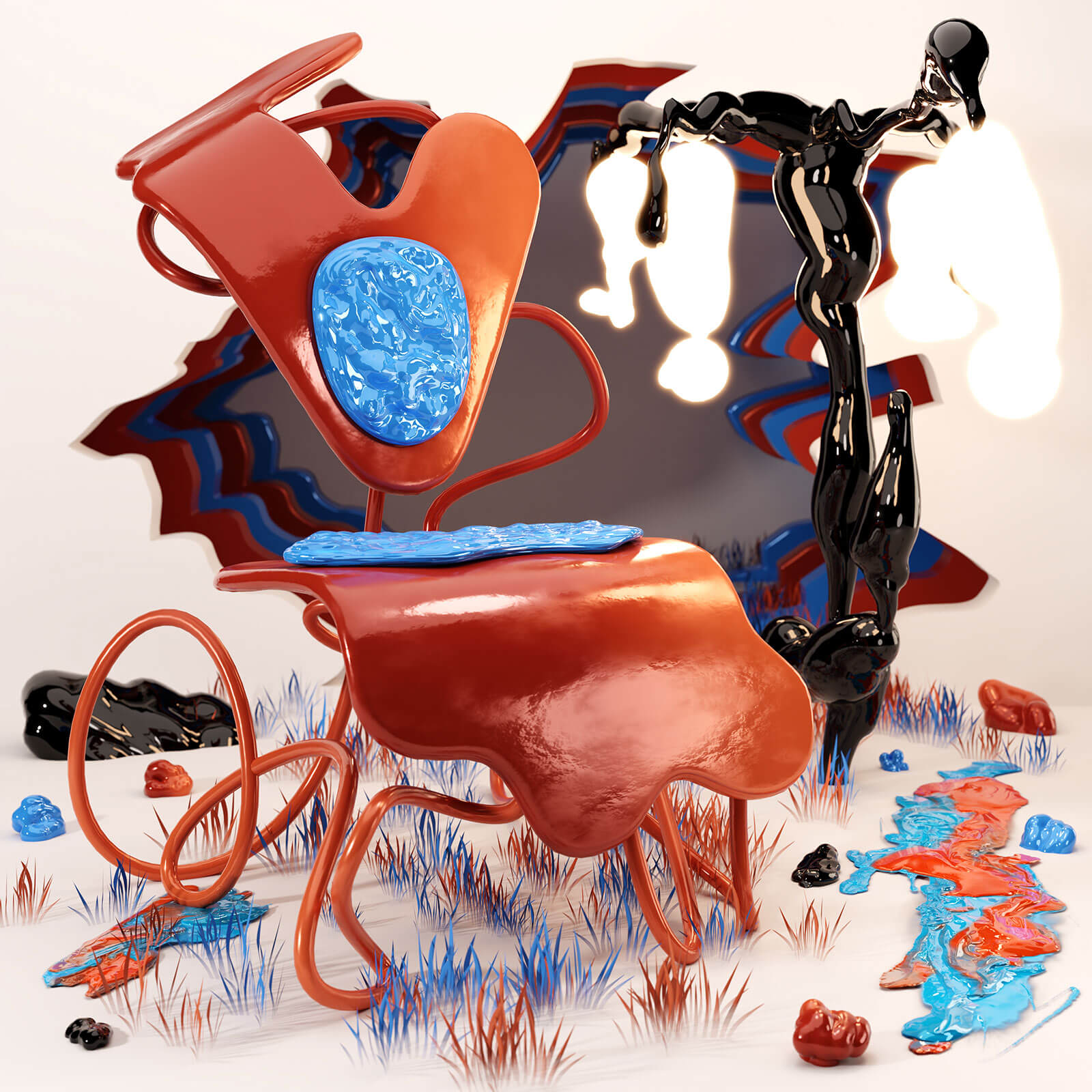
OrtaMiklos, ‘Memory Foam’ digital chair render
COURTESY: Superhouse, Friedman Benda and OrtaMiklos / DIGITAL ARTWORK: Guillaume Roux
The chairs were subsequently produced in real using steel, powder coating, foam, rubber and pigment. “These chairs are less functional objects than they are characters,” the designer explains. “They represent the emotions and memories that have emerged during this period of forced isolation, when everything felt synthetic and oversaturated.”
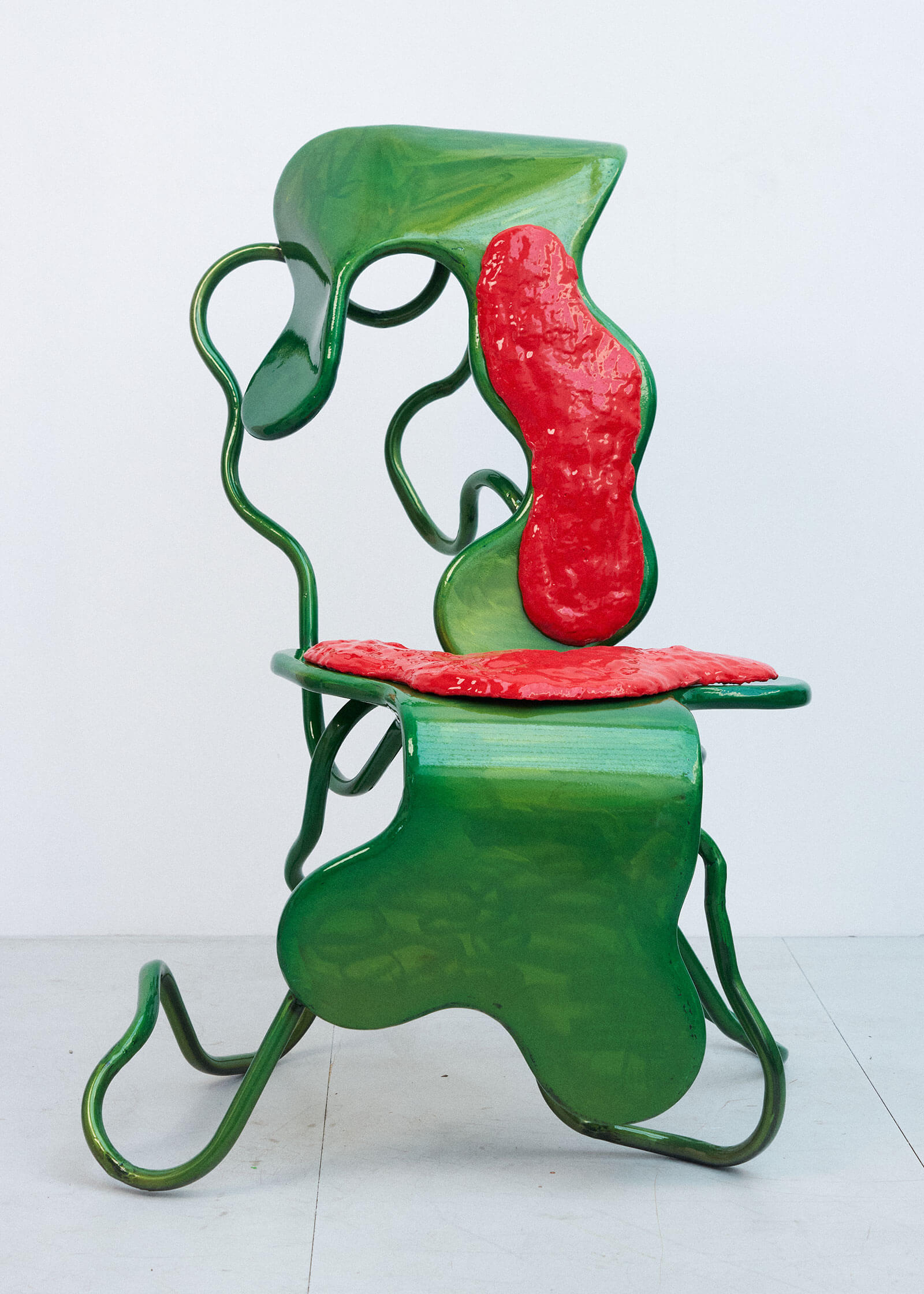
OrtaMiklos, ‘Aske’, 2021
COURTESY: Friedman Benda and OrtaMiklos / PHOTOGRAPH: Mounir Hammoumi
“We have defined our way of working as ‘ignorant design’, forcing our work to be unaware of ongoing trends, colour themes, or material values …”
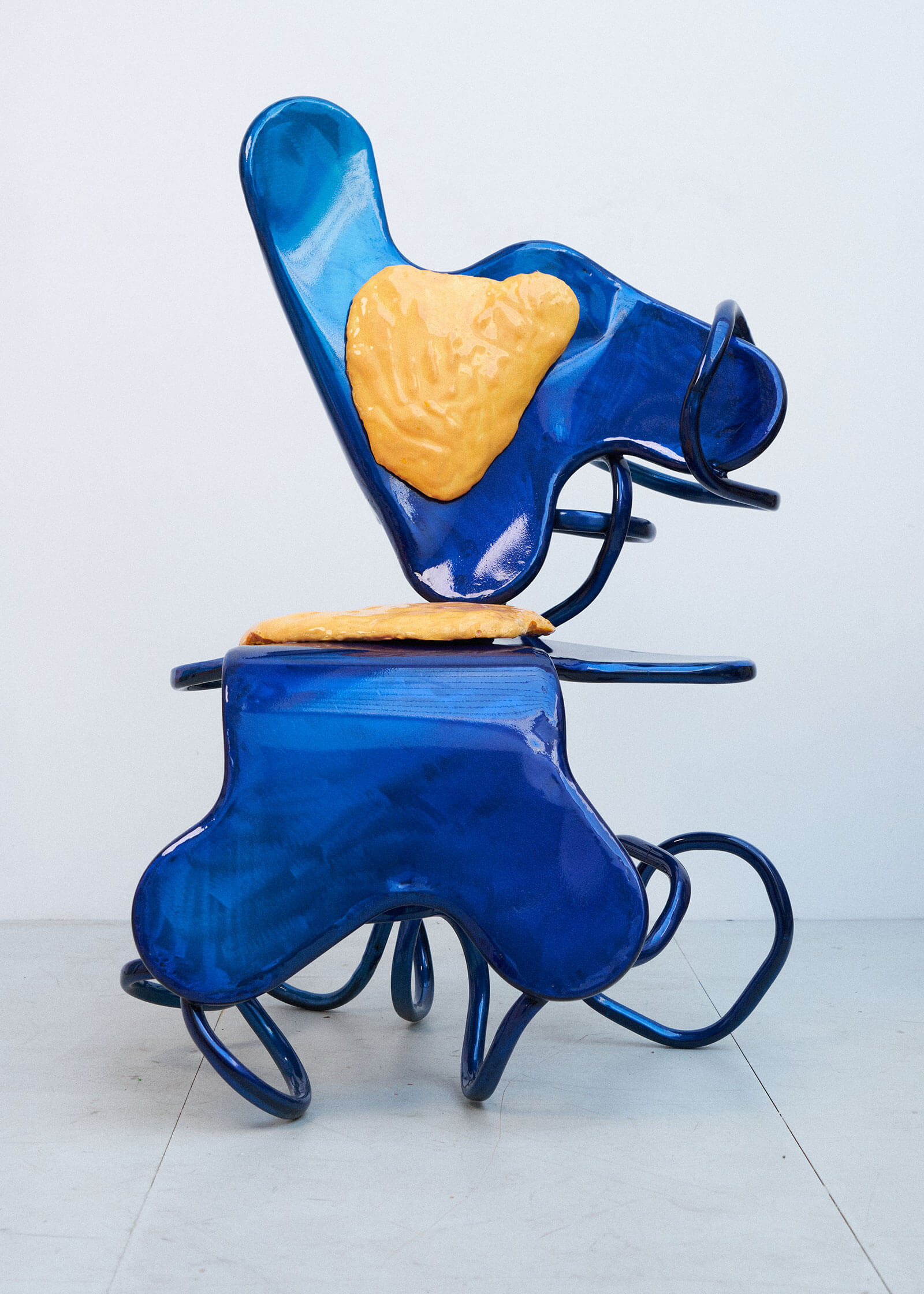
OrtaMiklos, ‘Esben’, 2021
COURTESY: Friedman Benda and OrtaMiklos / PHOTOGRAPH: Mounir Hammoumi
“… We always feel that being free from these frames and borders is a good way to explore and have fun in our making”
“We’re excited to collaborate with Superhouse on Memory Foam, where objects exist in the nexus between the real and imagined,” says Olshin, of Friedman Benda. Superhouse’s Steve Markos continues, “The novel exhibition format allows viewers to not only admire the formal aspects of the chairs, with their contorted frames and contrasting candy-coloured seats, but also to inhabit the persona of each for a much richer experience.”




